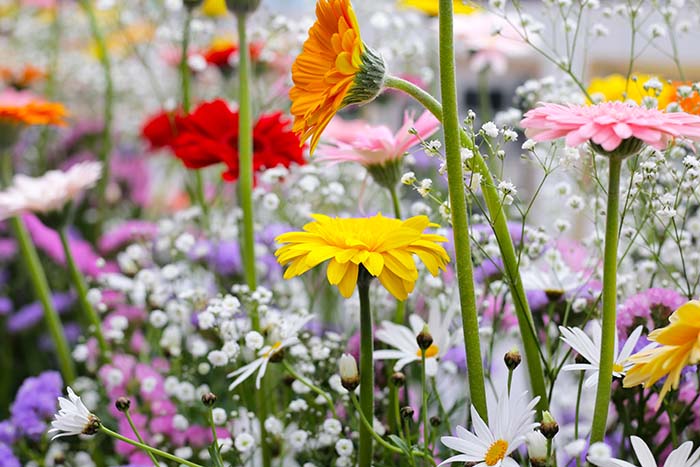Poisonous plants

Hiding in the garden
What a lovely place a garden is! Imagine one with foxglove, lily of the valley, daffodils, arum and calla lilies, hydrangeas, wisteria, rhododendrons, agapanthus, and buttercups all over the lawn. If we had such a garden crammed with flowers we might well think we were nearer God than most places in the world.
We would be quite mistaken. The list above is a list of the most common poisonous plants in a garden.
Gardens are like our environment – often a delight to behold– but sometimes things that are dangerous to us lurk there, looking very attractive.
As many as 40% of plants are called toxic, though this includes mild skin irritation. Even the common potato when green is toxic, particularly its green stems and leaves which may cause nausea, diarrhoea, vomiting.
One famous poisonous plant is Cassava. Cassava production per year is 303 million tonnes globally, and it is the fourth largest crop after rice, maize and potatoes – but it must be specially treated to remove the poison – soaked in water and boiled. This prevents the formation of deadly cyanide, and allows production of tapioca – once a popular dessert for your great grandparents in the 1920s. Not all in our environment is safe. But made safe, cassava feeds more than half a billion people each year.
Even in Eden some plants are poisonous! In the West we have tended to think the worst fruit in the Garden of Eden was an apple (not obviously lethal) but the old Jewish rabbis thought the dangerous fruit was probably a fig. This is interesting because even some figs can be slightly poisonous.
We can tend to think the beautifully attractive can’t really be harmful, but be careful, it can be toxic.